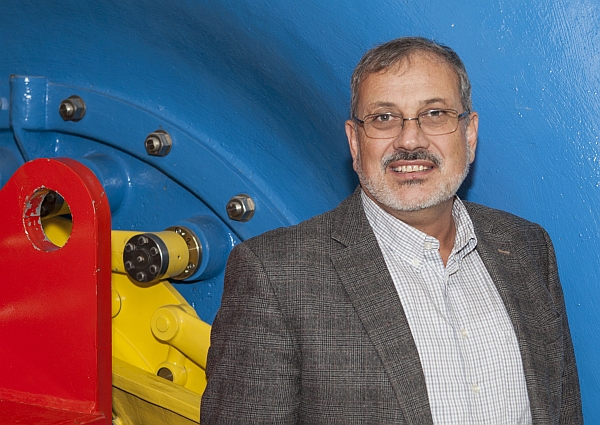|
Mr Elber, why does Empa’s energy research need a managing director?
There are various reasons for the new position: around 40% of all Empa research projects are related to the energy sector, mostly with external partners from research and industry. These include the new demonstra- tion platforms “NEST” and “Future Mobility”, where sytem aspects play a crucial role. Energy research is thus becoming increasingly complex. It is obvious that, the longer the more, we need to think, do research and act in a much wider context than we’ve done so far – i.e. from the harvest and transportation of energy through its storage and conversion all the way to managing its consumption.
Ultimately, as citizens, not only do we have to decide which kind of energy we want, but above all which paradigm shift we are prepared to put up with in return. After all, every option will also have its drawbacks.
Can you expand on that? If I put a solar system up on the roof and use it to harvest eco-power – where’s the disadvantage?
Firstly, solar panels still have an enormous amount of room for improvement: modules that are even more efficient, cheaper and easier to integrate, production methods with a lower carbon footprint etc. And then, especially in the summertime, when a lot of solar power is fed into the grid, it is very likely that more solar power is generated than is actually required at that particular point in time. This means that the energy system needs to become a lot more flexible. For instance, we have to develop storage systems, including seasonal ones, to absorb these surpluses. We need to look for new ways.
Such as?
You can never really have “too much” solar energy; you just have to channel the amount that isn’t absorbed by the power grid or can’t be stored directly into other areas – such as mobility. You can charge electric cars, produce hydrogen for full cell vehicles or, together with the greenhouse gas CO2, make synthetic natural gas from it. We don’t need any solar power for heating on during summer – but we can still drive with it and thus substitute more and more imported fossil energy. A second possibility is efficient long-term storage systems. And finally we can manage consumption in such a way that it coincides better with production. So if more and more solar cells are installed on house roofs, it raises these follow-up questions. But not to worry, they can be solved.
|


